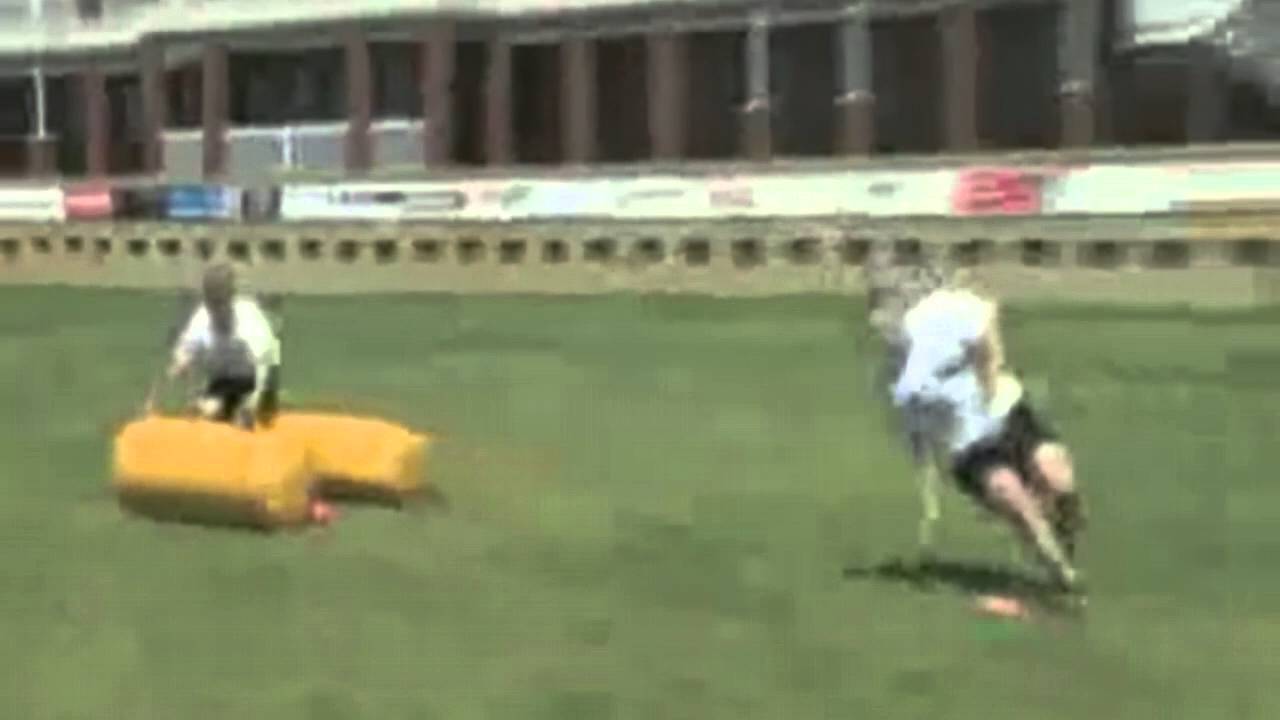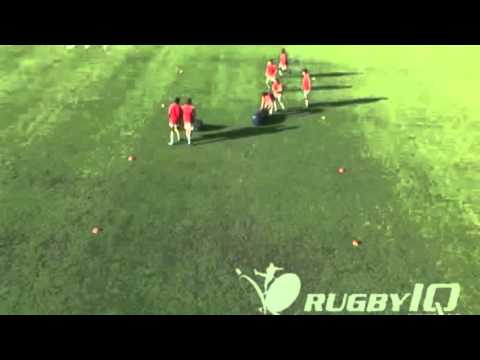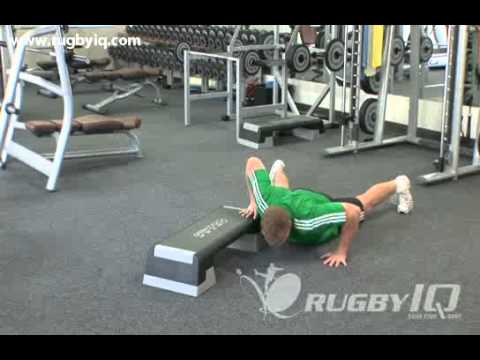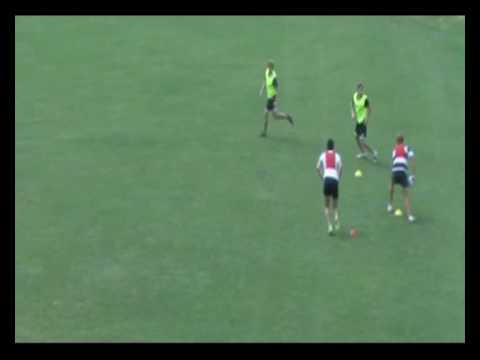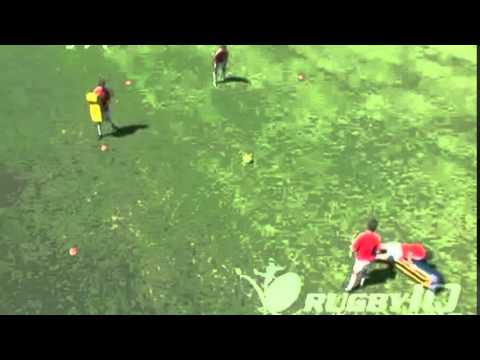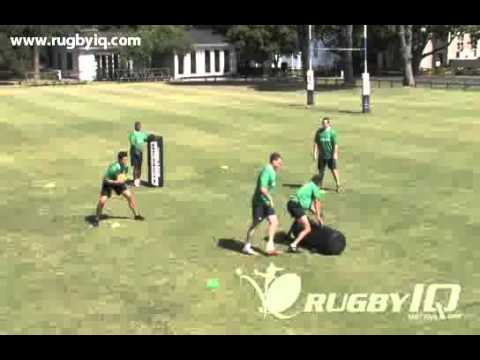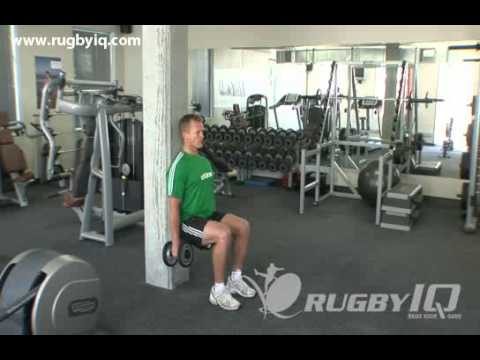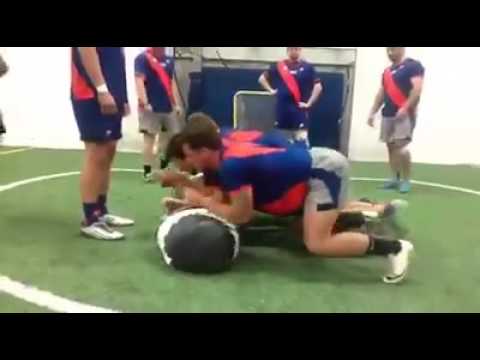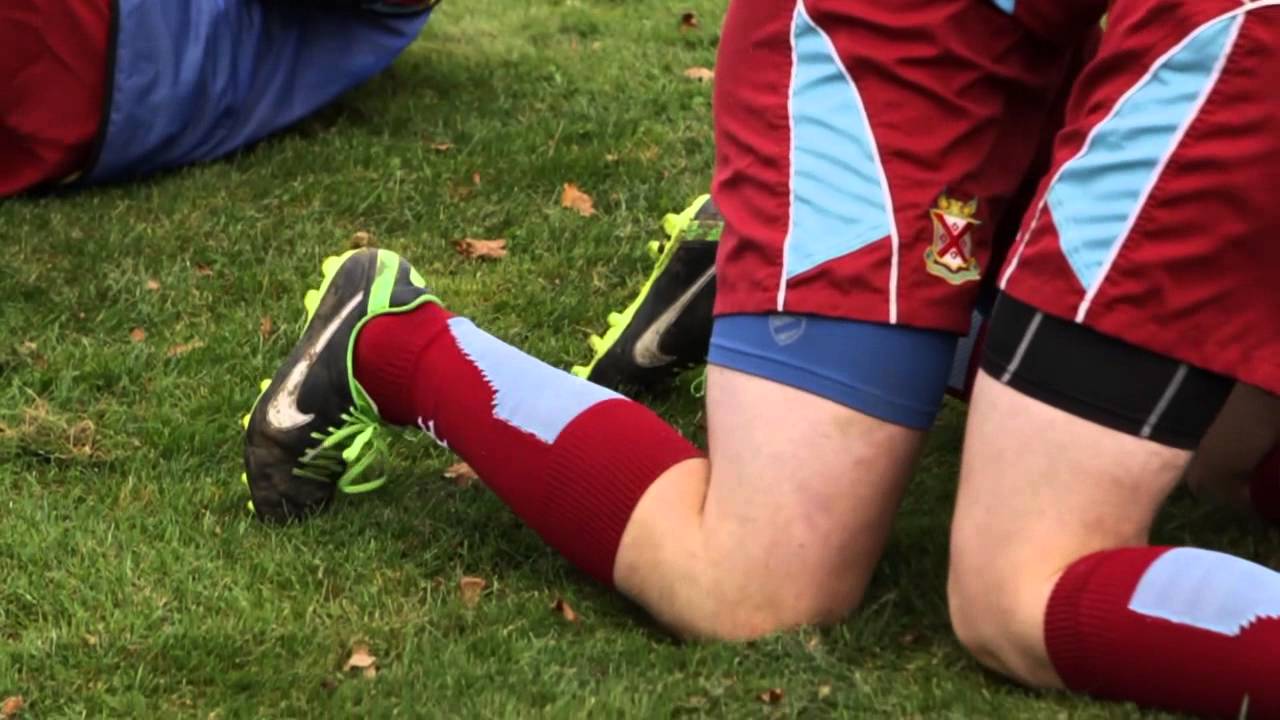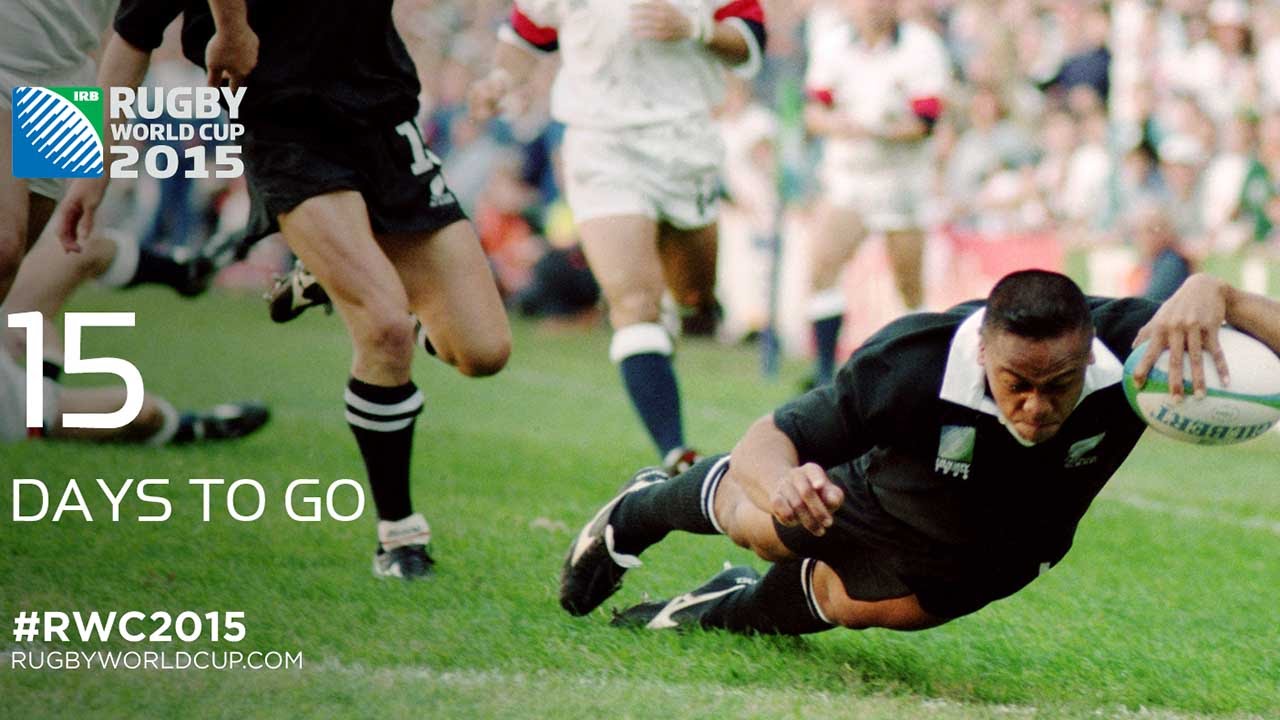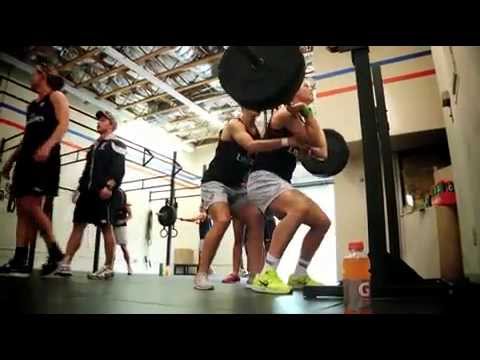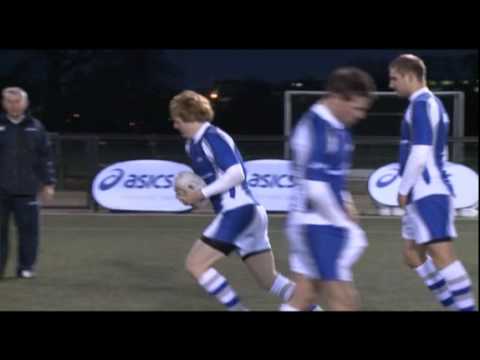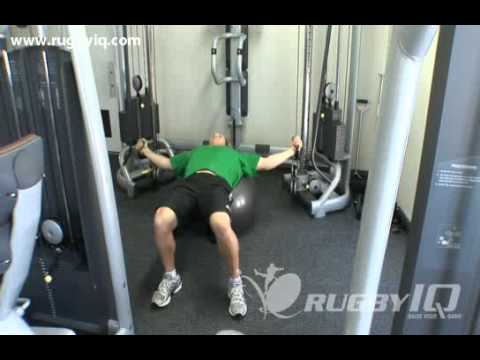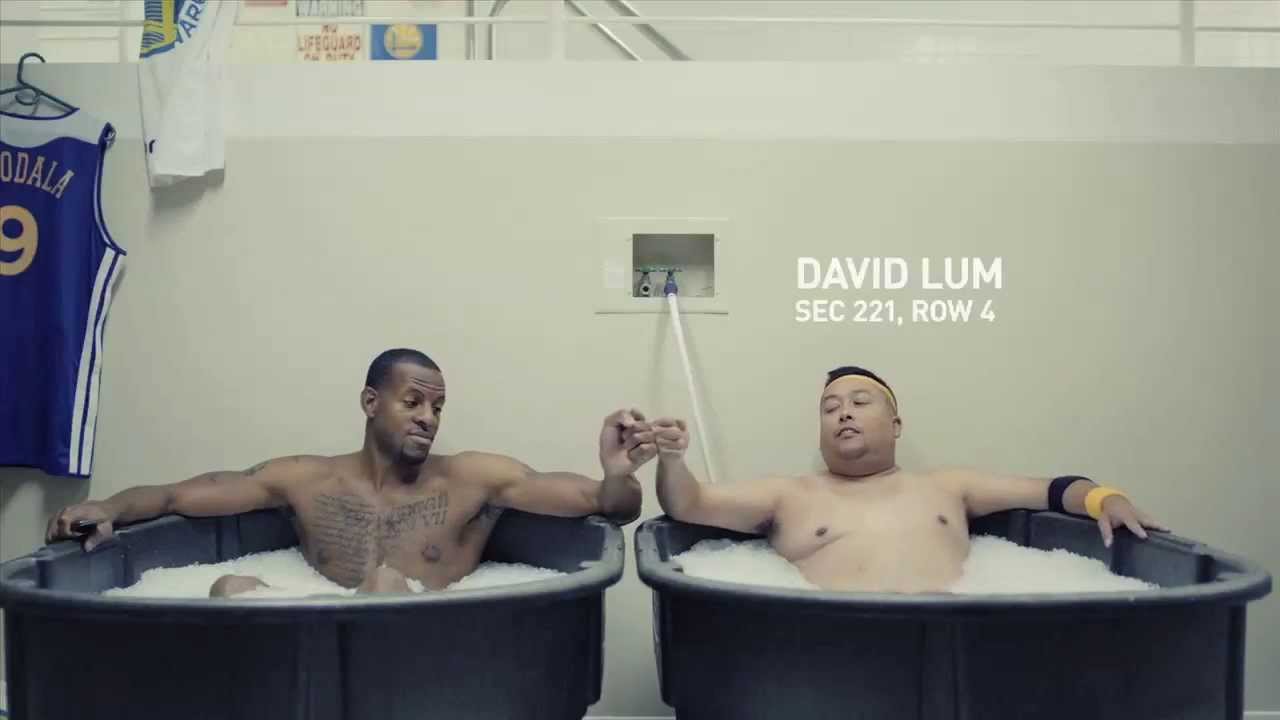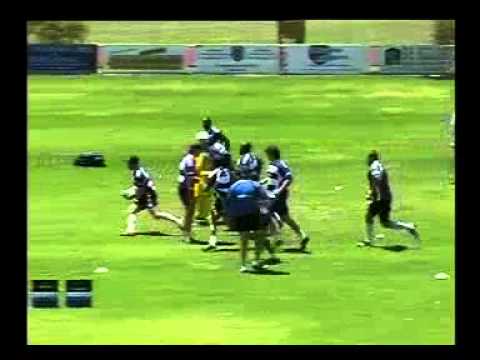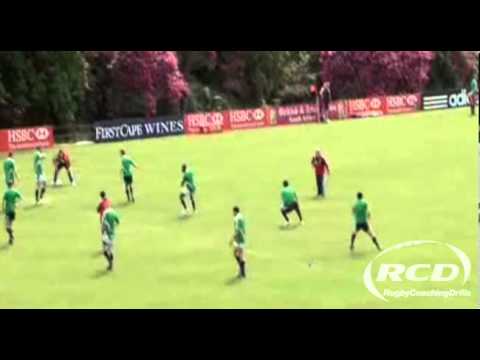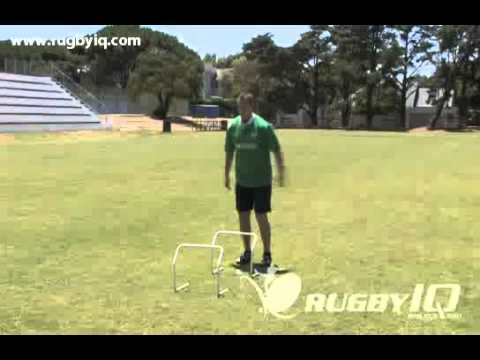Blog
England’s 2016 tour australia behind the scenes
England’s 2016 tour australia behind the scenes In June 2016, England played a three-test series against Australia as part of the 2016 mid-year rugby union tests. They played the Wallabies across the three weeks of the June International window, 11 June–25 June, and contested the Cook Cup, which England had previously won eight times to Read More
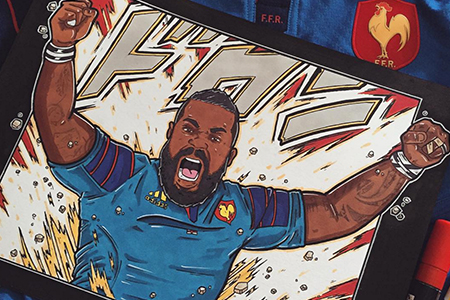
Real life Superheroes
They make our jaws drop with their breakneck speeds and bone crushing power. Imagine a rugby match played by Marvel Comic book characters. We walk among superheroes! The grand finale. #London7s #Rugby #Sevens It’s time for #London7s and the final test for the superstars of #HSBC7s #Twickenham #London #England A Read More

Fiji preparing for the 2016 Olympics
The boys from Fiji are working hard towards an gold Olympic gold. Everybody is pumped to see Rugby included in the Olympic games again. Fiji, great performers in the 7s format of the game, is definitely one of the favourites to win the event. Some behind the scenes footage of the Fijian National 7s Read More
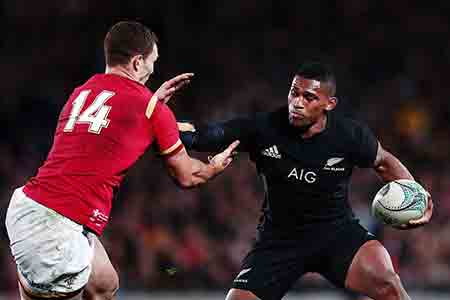
Positive and Poor Tackle Assessment
We have a look at a massive hand-off by Waisake Naholo and Simone Favaro’s Big tackle on Nicolas Sanchez, and discuss how they did it. Waisake Naholo Big fend on George North Poor Tackle Assessment: No threat to attacker, hesitated and stopped his forward momentum got “stuck in the mud” North did not Read More
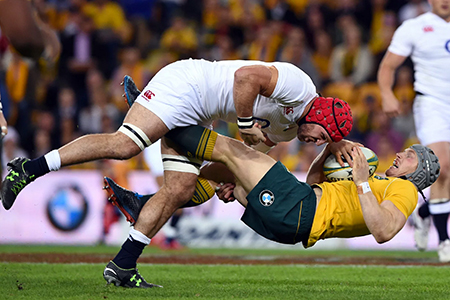
Big Hit Breakdown
We have a look at a big hits and give some pointers on how to make a perfect hit. Although controversial, there are still a lot to take away from it… Read the threat perfectly, the attacker was isolated and well behind the advantage line Spot tackle was on due Read More
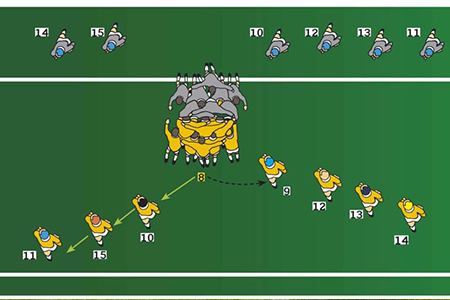
GARY GOLD’S PLAYBOOK – THE ROCK LOBSTER
Gary Gold, former Springbok assistant coach and current Head Coach of the Cell C Sharks, shares a page out of his playbook.
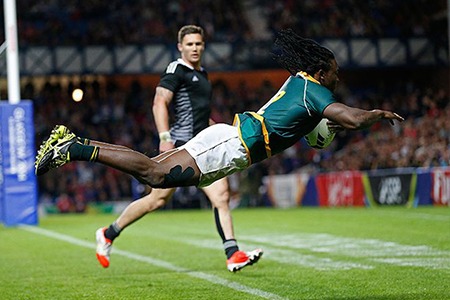
SEVENS POSITIONS: PLAYING WING
Sevens is a game that one can play in any position with reasonable success at the lower levels, but as you progress it becomes a lot more specialized. Some items here are also found in my previous articles on playing prop in sevens, playing hooker in sevens, playing scrumhalf in sevens, playing flyhalf in sevens, Read More

SEVENS POSITIONS: PLAYING CENTER
Sevens is a game that one can play in any position with reasonable success at the lower levels, but as you progress it becomes a lot more specialized. Some items here are also found in my previous articles on playing prop in sevens, playing hooker in sevens, playing scrumhalf in sevens, and playing flyhalf in Read More
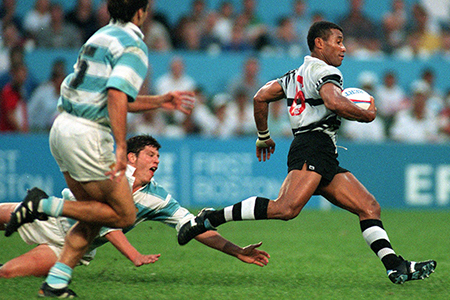
SEVENS POSITIONS: PLAYING FLYHALF
Sevens is a game that one can play in any position with reasonable success at the lower levels, but as you progress it becomes a lot more specialized. Some items here are also found in my previous articles on playing prop in sevens, playing hooker in sevens, and playing scrumhalf in sevens, but are important Read More

SEVENS POSITIONS: PLAYING SCRUMHALF
Sevens rugby is a highly specialised game once one has reached a certain level. We are working our way through the qualities needed in each Sevens position and have started with the forwards, covering ‘playing prop in sevens’ and ‘playing hooker in sevens’ – here the latest article, some excellent insight on scrumhalf play in Read More

Sevens Positions: Playing Hooker
Sevens is a game that one can play in any position with reasonable success at the lower levels, but as you progress it becomes a lot more specialized. Some of the information here is repeated from my article on ‘playing prop in sevens’ but it is important if reading this piece by itself. Sevens is Read More

SEVENS POSITIONS: PLAYING PROP
This is round number one of our 6 part series – an in-depth look at props in the game of Sevens with great video examples. Round number one – an in-depth look at props in the game of Sevens with great video examples. Sevens is a game that one can play in any position with Read More
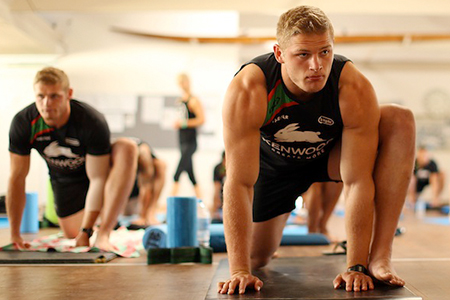
Developing the Recovery Strategy
An appropriate rugby recovery program will need to address all four-fatigue elements, and will need to integrate strategies which address all four elements. Physiological Strategies These require the replacement of energy substrates and the removal of metabolic bi-products. This should involve a cool down and nutritional strategy, which promotes physiological recovery and provides for an Read More

Types of Fatigue in Rugby
Rugby is a high intensity intermittent sport, involving a great deal of physical contact, played over a period of 80 minutes. Despite its duration, the key actions in rugby are of a high intensity, (scrumming, tackling, lineout jumping and lifting), all require a high degree of force and power production. This combination of high intensity Read More
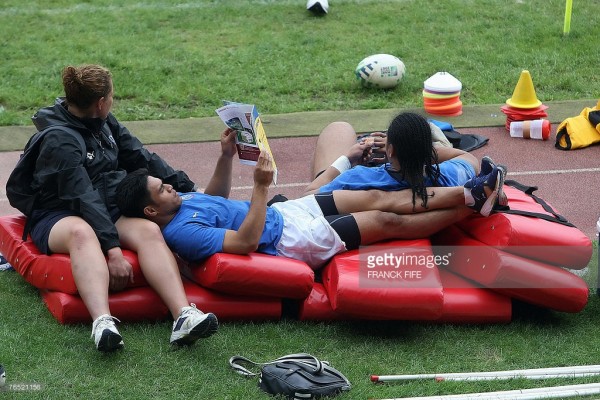
Recovery breaks during the In-season
Due to the intense demands of training and playing during the in-season players can become chronically fatigued. This fatigue may be evident in that the player does not have the same enthusiasm for training or for the game as he previously displayed. It is also well established that players can become over trained if training Read More
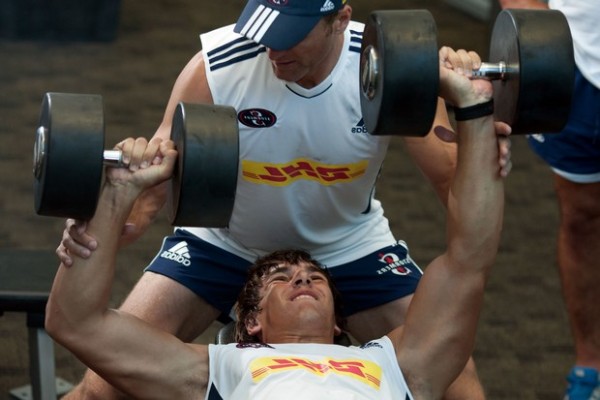
Muscular Strength and Power Training for Rugby
Two basic principles need to be employed for optimal results from strength training Two basic principles need to be employed for optimal results from strength training 1. Progressive loading – progressive increase in resistance (relative to the capacity of the individual) 2. Specificity of the movement – use of exercises that resemble as closely movement Read More
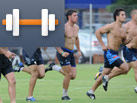
Beating the lactic acid enemy
If you have played rugby you have felt the feeling when the lactic acid levels rise in your muscles, your lungs start burning and no matter how much you want to run the jelly sets in and your legs simply won’t work properly. Building tolerance to lactic acid is one of the most important things Read More

Mini Rugby – Making The Warm Up Fun
At the best of times kids don’t have more than a few minutes of concentration when instructions are being given at the start of rugby practice so you as a coach need to ensure the following: 1.Get to the field at least 20 minutes before training and set the field up so you don’t waste Read More

Expert Session 21 – Warm Up – Passing Skills
Expert Session 21 – Warm Up Passing Skills Session is about 15 minutes long and suitable for Beginner, Intermediate and Advanced players.Be sure to follow this guide with it’s video SESSION. It focuses on: • Eye hand co-ordination. • Basic ball handling technique. • Core passing power. • Decision making. Warm-up Drills: Equipment: Cones Read More

Expert Session 13 – Sample Warm Up Structure on Match Day
Expert Training Session 13 – Sample Warm Up Structure on Match Day Session is about 30-35 minutes long and suitable for Intermediate and Advanced players. Make sure you follow this guide with it’s video SESSION. It focuses on: • Increase players core temperature. • Prepare the body and mind for the match. • Include components Read More
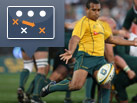
The box kick analyzed – part 1
In this article I will analyze the box kick breaking it down, showing you how to execute the prefect kick and what you as a player or coach should be striving to achieve. BALL DROP TECHNIQUE: EYES & HANDS Keep eyes on the ball. Fingers spread facing the direction of the ball to ensure quick Read More

Expert Training Session 10 – Mini Rugby Contact Ready
Expert Session 10 – Contact Ready Session is about 35 minutes long and suitable for Beginner, Intermediate and Advanced players. Be sure to use this guide with it’s accompanying SESSION. It focuses on: • Prepare for contact session. • Develop safe falling technique. • Develop core strength in contact situation. Session Plan: Warm Up Read More

Defense – Key points for Practice
Practicing defensive patterns and skills are vitally important to your team’s success. It is an aspect of the game lots of coaches “under coach” and al lot of the time to their demise. In this article I have outlined a few key points that you should reinforce during your defense sessions. Communication Players must talk Read More

Improve Your Rugby Power with Medicine Balls
The development of power for rugby players is probably, along with speed, the most sought after physical attribute of them all. The development of maximum strength is a necessary precursor for players to develop and maximise their full power potential, but at the end all rugby players are looking for increased power! Power can be Read More
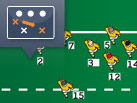
Kick off – chase
There are six important areas that need to be taken care of during the kick off chase: 1. The ‘touchline wing’ must start outside the touchline and run an arc line in behind the opposition-jumping pod anticipating the tap back. If there is no tap back the winger should quickly retreat back on sides. 2. Read More

Defense from a Scrum – Part 2 (Cut Back Inside)
In our latest series of Technical Zone articles, Greg Commins looks at the four possible threats the defending team needs to cover when defending from the scrum: The pick and go by attacking #8 Cut back inside by attacking back line Attack out wide Tactical kicking by opposition Cut back inside from an attacking player can Read More

Kick off – receiving
The single most important task players need to complete when receiving a kick off is to secure it! It is an old rugby saying, "A try has only been scored when the scoring side is back in the opposition's half". Greg Commins looks into receive formation and the five most important points to remember when Read More

Blind Side Defense – Scrum
The key to good defense is communication and trusting your teammates inside and outside. There are a few important rules when it comes to blind side defense from the scrum. Scenario A : #8 picks and goes with wing out wide, scrumhalf stays at the base. Good Blind Side Defense. • Defending flanker shuts Read More

Line-out Pods – Lifting Technique & The Importance Of Speed
The key to a successful lineout is speed of execution and the receiving pod (jumper + lifters) working in synergy with the hooker throwing the ball in. Be sure to check out the SESSION for this post before you continue. To achieve this a few keys factors need to be in place: 1. Preparation speed Read More

Defense from a Scrum – Part 1 (Pick and Go)
In our latest series of Technical Zone articles, Greg Commins looks at the four possible threats the defending team needs to cover when defending from the scrum: The pick and go by attacking #8 Cut back inside by attacking back line Attack out wide Tactical kicking by opposition To defend the pick and go the defending Read More
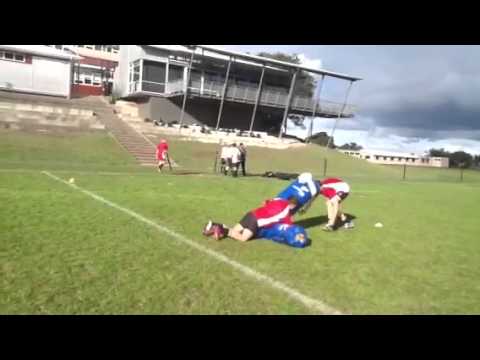
STEPS TO MAKING AN EFFECTIVE TACKLE
The steps to making an effective tackle are simple and when mastered will result in a higher percentage of completed first time tackle attempts and turnover opportunities. 1. Track The Attack When approaching the attacker don’t focus on the ball or the legs moving around, rather zone in on an area of the body that Read More

The Basics of Warming Up, Cooling Down and Stretching
Many players dislike warming up, cooling down and stretching. They find it boring and often do not do it correctly as a result, leading to sub optimal performances, increased injury risk and recovery times. As a coach or player the more you understand and know about these important parts of your preparation the better. The Read More

RugbyIQ: Amateur Rugby 3 Month Gym Programme – Part 1
So you are an amateur rugby player with limited time and gym equipment to get ready for the season? No problem! Below you will find a simple but effective weight training programme to help you get your muscle mass, strength and power up to speed for the season as best as possible in only 3 Read More

Plyometrics for Improved Rugby Performance
Plyometric training has been shown to be one of the most effective methods for improving explosive power. It is important to remember that there are two components to strength, maximum strength and fast speed strength (power). Your power is crucial to on field performance. One major contributor of power is the ability to use the Read More

Using Plyometrics for Improved Rugby Performance
We recently had a request on our forum for more info on plyometric training for rugby. This is a specialised area of conditioning that needs proper know how to implement correctly, effectively and safely. Plyometric training has been shown to be one of the most effective methods for improving explosive power. It is important to Read More

Strength Testing
There are two types of strength testing. Maximal strength testing, often called 1RM, measures the maximum amount of weight you can lift one time. Sub-maximal repetition testing uses a lighter weight, more repetition and then a formula to estimate maximum strength. The results of strength testing can be expressed in absolute terms or divided by Read More

Up and Out Defense vs Out and In Defense
The up and out defense was the classic defense used by rugby union for years until some teams started to learn from rugby league defense systems and started to play the out and in defense. The ‘up and out’ defense was effective for tracking opposition and pushing them out wide while covering the cut back Read More

EXPERT SESSION – CONTINUITY
Expert Training Session 14 – Continuity Session is about 75 minutes long and suitable for Beginner Intermediate and Advanced players. Before you continue, be sure to check out this posts SESSION It focuses on: • Ball Skills. • Support Lines And Angles. • Timing Onto The Ball. • Rugby Specific Fitness. Session Plan: Warm Read More

Muscle endurance testing and norm tables
Maximum push up test Procedure The player assumes the push up position with arms fully extended and back straight. He has one minute to complete as many full push ups (chest to touch a fist or tennis ball on the ground and full arm extension) as possible. The player may rest in between repetitions, only correctly Read More

WRIST FRACTURE
Overview A wrist fracture is a break in one or more of the bones in the wrist. The wrist is made up of the two bones in the forearm (radius and ulna) and eight carpal bones. The carpal bones connect the end of the forearm bones with the bases of the fingers. The two most Read More

Defense from a Scrum – Part 3 (Attack out wide)
In our latest series of Technical Zone articles, Greg Commins looks at the four possible threats the defending team needs to cover when defending from the scrum: The pick and go by attacking #8 Cut back inside by attacking back line Attack out wide Tactical kicking by opposition A team that communicates well with each Read More

Correct Technique for Ball Carry Into Contact
With rugby defenses getting more aggressive and an increase in turnovers at the breakdown because of specialist fetchers becoming more prevalent in the game, it is imperative to ensure the correct technique is being used when taking the ball into contact. When contact is inevitable a player needs to ensure that the ball is secured Read More

Defense from a Scrum – Part 1 (Pick and Go)
In our latest series of Technical Zone articles, Greg Commins looks at the four possible threats the defending team needs to cover when defending from the scrum: The pick and go by attacking #8 Cut back inside by attacking back line Attack out wide Tactical kicking by opposition To defend the pick and go the Read More

UP & OUT vs OUT & IN DEFENSE WHICH IS BETTER?
The up and out defense was the classic defense used by rugby union for years until some teams started to learn from rugby league defense systems and started to play the out and in defense. The ‘up and out’ defense was effective for tracking opposition and pushing them out wide while covering the cut back Read More

Mental Toughness – Derby & Pressure Matches
There is an expectation that finals and derby’s are going to be low scoring affairs, regardless of what level you are playing at. Typically they are. Teams play more defensively, and normally the team that manages the pressure better, has the edge. Both teams will normally up the intensity in the way they play, and Read More

Rowing Fitness for Rugby
The physical conditioning requirements of rugby are diverse and unique to the sport. The combination of endurance, strength, power, speed and flexibility needed makes the conditioning process a challenging one. To make things more complicated all fifteen players need all these components but in varying degrees. A rugby player needs to produce a top performance Read More

Water – Staying Hydrated
Sufficient water intake is absolutely critical to the performance of a player. It has been shown that just a 2% loss of body weight due to sweating can seriously impair muscular functioning, reaction time and concentration. Thirst is not a good indicator of your fluid needs. Good hydration starts well before exercise and players should Read More


